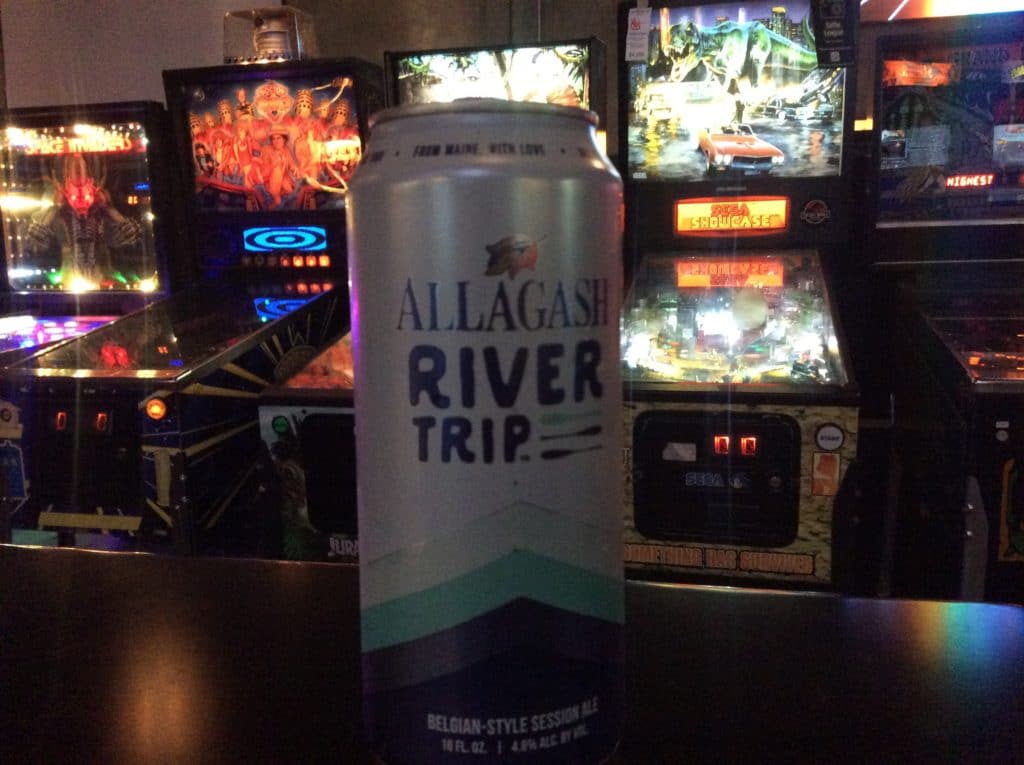Allagash Brewing Co. and on the occasion of turning 20 years young, founder Rob Tod gave the Bangor Daily News “20 lessons he has learned in 20 years of business.”
Here are the (7) take-aways that I think are most important for the many L.A. start-ups that are soon to open:
When you see trash, pick it up. “If everyone’s doing it, it makes a big difference. We have 93 employees who pick up little pieces of trash when they walk by them — literally and figuratively. If something’s not right, they take the initiative to do something about it. It’s just as important to do it when no one’s looking, when you are not going to get any credit for it. It’s a reflection of how much everyone at Allagash cares about what they are doing.”
Be relentless about improving. “Even though we’re constantly making strides with quality at the brewery, we’re never satisfied. Once we make an improvement, we get back to work and look for the next. There is always opportunity for improvement.”
Value the community you live in. “Maine has been extremely supportive of Allagash Brewing over the last 20 years. We have never taken this for granted. We love Maine, and we love Portland. Our crew’s hard work making great beer has made our philanthropy program possible. We focus our philanthropy locally, and everyone at Allagash is very proud of that.”
Don’t be a mile wide and an inch deep. “Jerry Sheehan, who runs a number of our distributors, told me this. And we learned it the hard way. By 2005 we were selling about 5,000 barrels of beer in 30 states and frankly not doing a great job anywhere. Around then, we made the tough decision to walk away from a fair amount of this volume and pull back — eliminating territories where we did not think we could be competitive and relevant. Now we’re selling 80,000 barrels of beer in 17 states, and I’m much prouder of the job we’re doing today in all of our markets. Better to do a great job in a small pond than a not-so-great job in a big pond. I think every business has concepts like this that are so simple they easily are overlooked.”
Smile. “Earlier today I walked by our kegging line and saw one of the operators who always has a smile on her face. When she is around other people on the line, guess what they are also usually doing? Smiling. It’s contagious.”
Do your thing. “When I made our first beer, Allagash White, not too many people wanted it. It was different — cloudy, spicy, distinctively Belgian. For a very long time it was usually the slowest draft line at the bars that were kind enough to keep us on draft. But I thought it was important to be doing something that was different. What’s the point in spending years building a brewery and possibly a lifetime running it just to make something people can already get? We avoid latching onto industry trends. We try to keep doing our own thing at Allagash.”
Stick with it. “If you are doing something different, sometimes it takes a while to get traction. It took about 10 years for the Allagash White to start catching on, but I’m glad we stuck with it and didn’t switch gears.”

